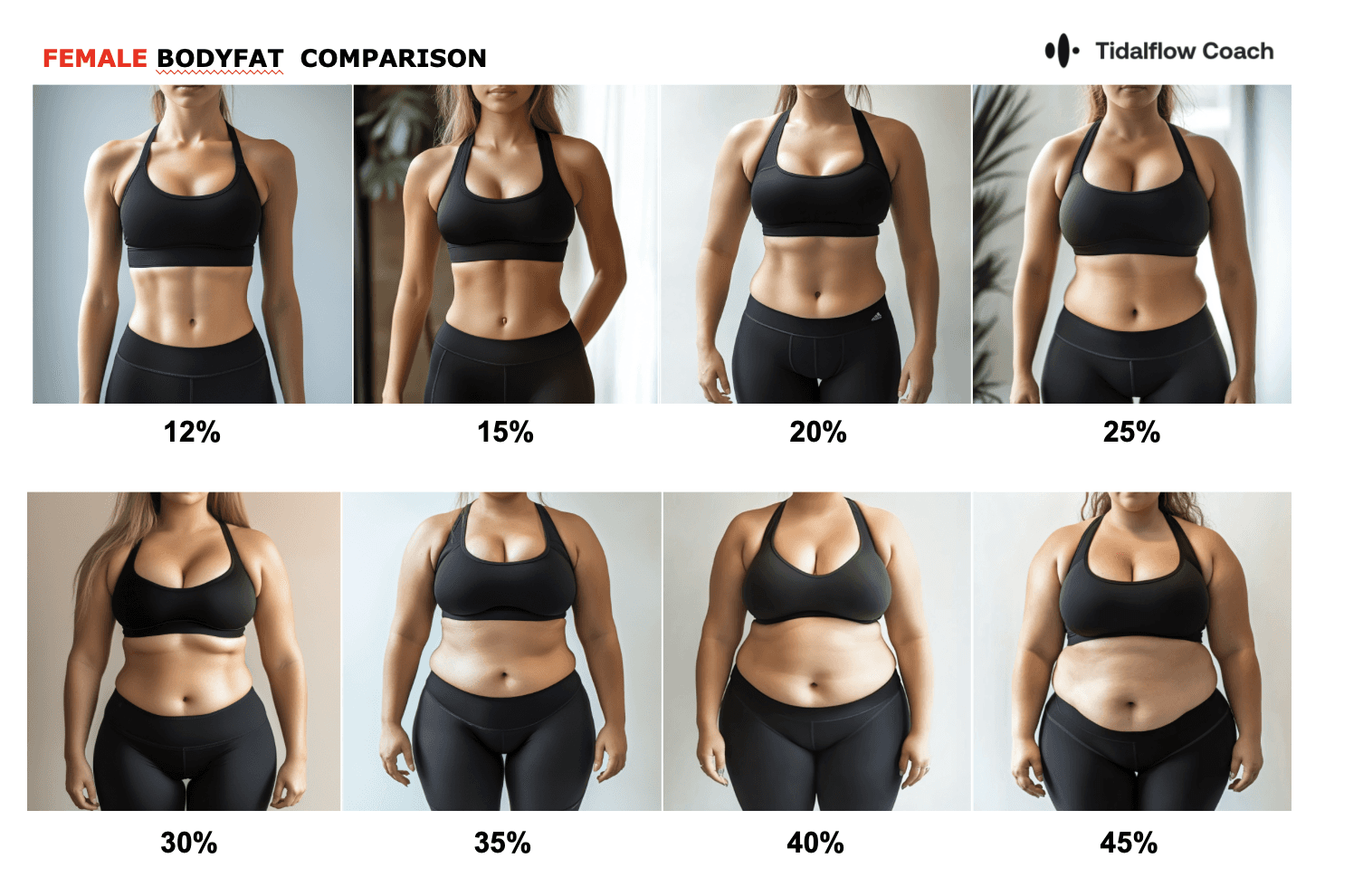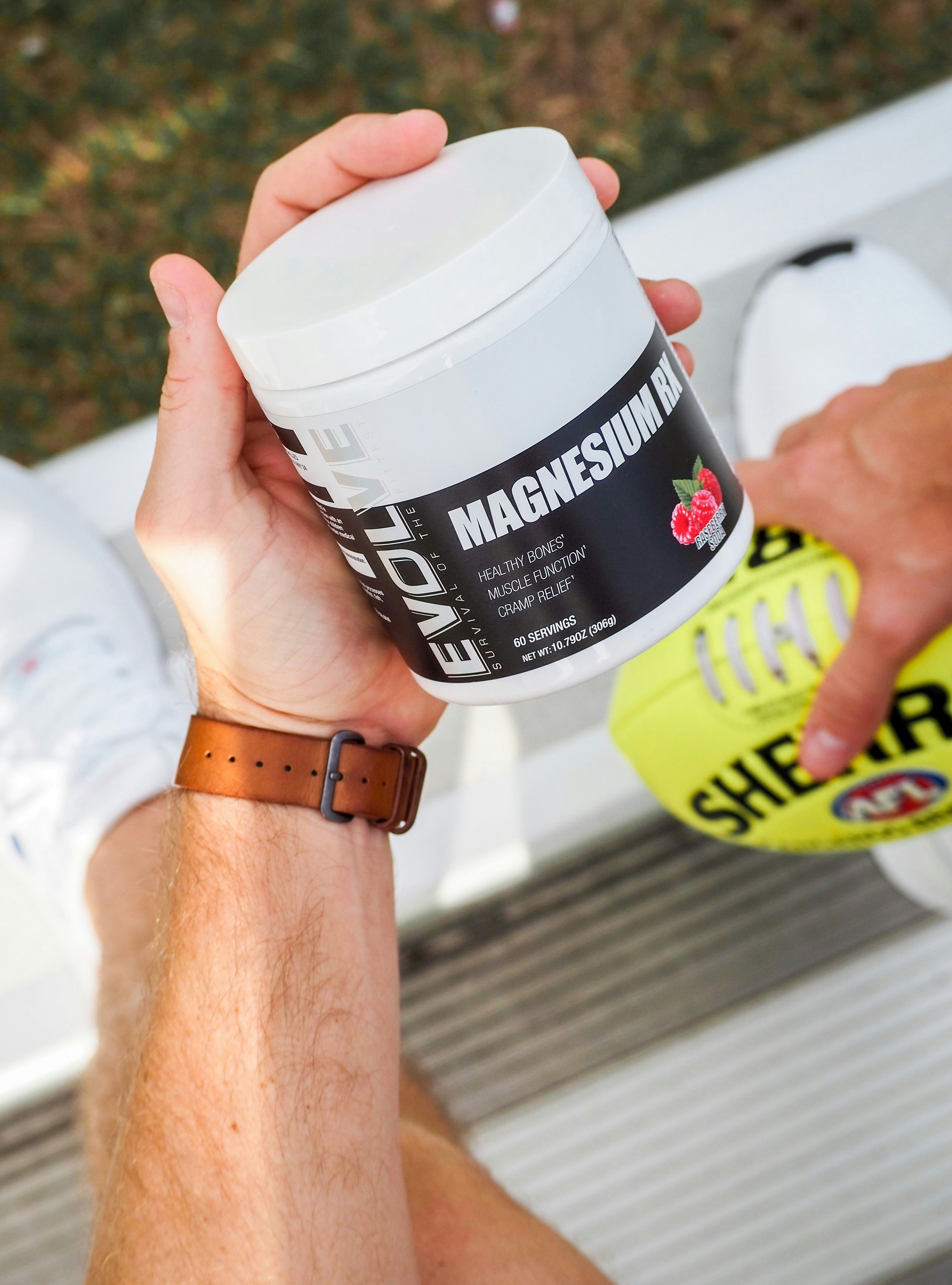Master Rear Delt Pull: Build Strong, Sculpted Shoulders Guide
Sep 16, 2024
If you're looking to build well-rounded, powerful shoulders, the rear delt pull and its variations are essential exercises to master. At Tidalflow, we're committed to helping you achieve your fitness goals through expert guidance and personalized workouts. In this comprehensive guide, we'll explore everything you need to know about rear delt pulls, including the cable rear delt pull, rear delt rope exercises, and the seated rear delt row.
Understanding the Rear Delts
Before diving into the exercises, let's briefly discuss the anatomy of the rear delts:
The rear deltoids, or posterior deltoids, are one of the three heads of the deltoid muscle that forms the rounded contour of the shoulder. While the front and middle delts often get more attention in typical shoulder workouts, the rear delts play a crucial role in:
Shoulder stability
Posture improvement
Upper body aesthetics
Functional strength for pulling movements
Neglecting the rear delts can lead to muscle imbalances, potentially causing issues like rounded shoulders or increased risk of injury. That's why incorporating exercises like the rear delt pull into your routine is so important.
The Basic Rear Delt Pull
Let's start with the fundamental rear delt pull exercise:
How to Perform a Basic Rear Delt Pull
Stand with feet shoulder-width apart, knees slightly bent.
Hinge forward at the hips, keeping your back straight.
Hold a dumbbell in each hand, arms hanging straight down.
Keeping a slight bend in your elbows, raise your arms out to the sides until they're parallel with the floor.
Pause briefly at the top of the movement.
Lower the weights back down with control.
Key Points to Remember
Keep your core engaged throughout the movement.
Avoid using momentum; the movement should be controlled.
Focus on squeezing your shoulder blades together at the top of the movement.
Cable Rear Delt Pull
The cable rear delt pull is an excellent variation that provides constant tension throughout the movement:
How to Perform a Cable Rear Delt Pull
Set a cable machine to chest height.
Stand sideways to the machine, grasping the handle with your outside hand.
Step away from the machine to create tension in the cable.
Keeping your arm straight (or with a slight bend), pull the cable across your body until your arm is extended out to your side.
Slowly return to the starting position.
Benefits of the Cable Rear Delt Pull
Constant tension on the muscle throughout the range of motion
Ability to adjust resistance easily
Smooth, controlled movement
For a more challenging variation, try the cable standing rear delt row, which combines the rear delt pull with a rowing motion.
Rear Delt Rope Exercises
Using a rope attachment adds a new dimension to rear delt exercises:
Rear Delt Rope Pull
Attach a rope to a cable machine set at chest height.
Grasp the ends of the rope with palms facing each other.
Step back to create tension in the cable.
Keeping your arms mostly straight, pull the rope outwards and back, focusing on using your rear delts.
Slowly return to the starting position.
Benefits of Using a Rope
Allows for a more natural range of motion
Engages stabilizer muscles
Can be less stressful on the wrists compared to a straight bar
Seated Rear Delt Row
The seated rear delt row is an excellent exercise for isolating the rear delts:
How to Perform a Seated Rear Delt Row
Sit on the edge of a bench with your feet flat on the floor.
Hold a dumbbell in each hand, palms facing each other.
Lean forward, keeping your back straight, until your chest is almost touching your thighs.
Keeping your upper arms stationary, lift the weights out to the sides until your arms are parallel with the floor.
Lower the weights back down with control.
Why Choose the Seated Variation?
Provides more stability, allowing you to focus on the target muscles
Reduces the temptation to use momentum
Can be easier on the lower back compared to standing variations
For a machine-based alternative, try the lever seated fly, which targets the rear delts in a similar manner.
Common Mistakes to Avoid
When performing rear delt pulls and their variations, watch out for these common errors:
Using too much weight: This can lead to poor form and reduced effectiveness.
Neglecting proper form: Always prioritize correct technique over lifting heavier weights.
Rushing the movement: Slow, controlled reps are key for maximizing muscle engagement.
Failing to fully engage the rear delts: Focus on feeling the contraction in the back of your shoulders.
Overarching the lower back: Keep your core engaged to maintain a neutral spine position.
Programming Rear Delt Exercises
To effectively incorporate rear delt pulls into your workout routine, consider the following tips:
Frequency: Aim to target your rear delts 2-3 times per week.
Volume: Start with 3 sets of 10-12 reps for each exercise.
Progression: Gradually increase weight or reps as you get stronger.
Variation: Rotate between different rear delt exercises to prevent plateaus and target the muscle from different angles.
Here's a sample shoulder workout that includes rear delt exercises:
Dumbbell shoulder press: 3 sets of 8-10 reps
Lateral raises: 3 sets of 12-15 reps
Cable rear delt pull: 3 sets of 10-12 reps
Face pulls: 3 sets of 12-15 reps
Seated rear delt row: 3 sets of 10-12 reps
Remember to warm up properly before your workout and cool down afterwards. A proper warm-up routine can help prevent injury and improve performance.
The Importance of Balanced Shoulder Training
While this guide focuses on rear delt exercises, it's crucial to maintain balance in your shoulder training. Here's why:
Injury Prevention: Balanced strength around the shoulder joint reduces the risk of injuries.
Improved Posture: Strong rear delts help counteract the forward-rolled shoulder posture common in today's sedentary lifestyle.
Aesthetics: Well-developed rear delts contribute to the coveted 3D shoulder look.
Functional Strength: Balanced shoulder strength improves performance in various upper body exercises and daily activities.
To ensure balanced development, include exercises for all three heads of the deltoid in your routine:
Front Delts: Overhead presses, front raises
Middle Delts: Lateral raises, upright rows
Rear Delts: Rear delt pulls, face pulls, reverse flyes
Nutrition for Shoulder Development
To support your shoulder-building efforts, pay attention to your nutrition:
Protein: Aim for 1.6-2.2 grams of protein per kilogram of body weight daily to support muscle growth and recovery.
Carbohydrates: Consume adequate carbs to fuel your workouts and support recovery.
Healthy Fats: Include sources of omega-3 fatty acids to support joint health.
Hydration: Drink plenty of water to support muscle function and recovery.
For personalized nutrition advice tailored to your goals, consider using Tidalflow's AI-powered nutrition guidance.
Recovery and Injury Prevention
Proper recovery is crucial for seeing results from your rear delt training:
Rest: Allow at least 48 hours between targeted rear delt workouts.
Sleep: Aim for 7-9 hours of quality sleep per night to support muscle recovery.
Stretching: Incorporate shoulder stretches into your cool-down routine.
Massage: Consider using a foam roller or massage ball to alleviate muscle tension.
If you experience persistent shoulder pain, consult a healthcare professional. Some exercises may need to be modified based on individual needs and any pre-existing conditions.
The Tidalflow Approach to Rear Delt Training
At Tidalflow, we understand that effective shoulder training requires a personalized approach. Our AI-powered personal trainer can help you optimize your rear delt workouts in several ways:
Customized Workout Plans: Receive a tailored shoulder routine that includes the right balance of rear delt exercises for your goals and fitness level.
Form Guidance: Get real-time feedback on your exercise form to ensure you're performing rear delt pulls and other exercises correctly.
Progressive Overload: Our AI tracks your progress and suggests when to increase weight or reps to keep challenging your muscles.
Exercise Variations: Discover new rear delt exercises and variations to keep your workouts fresh and effective.
Recovery Monitoring: Track your recovery and receive suggestions for optimal training frequency based on your individual response.
FAQs About Rear Delt Exercises
How often should I train my rear delts?
Aim to target your rear delts 2-3 times per week, allowing at least 48 hours between sessions for recovery.
Can I train rear delts on the same day as other shoulder exercises?
Yes, it's common to train all parts of the shoulder in the same workout. Just ensure you're not overtraining any one area.
What's the difference between a rear delt pull and a reverse fly?
While both target the rear delts, a rear delt pull typically involves pulling weight towards your body, while a reverse fly involves lifting weights out to the sides.
Are rear delt exercises necessary if I do a lot of pulling movements like rows?
While compound pulling exercises do work the rear delts, isolated rear delt exercises can help ensure balanced development and target the muscle more specifically.
Can rear delt exercises help improve my posture?
Yes, strengthening the rear delts can help pull your shoulders back, potentially improving posture, especially for those who spend a lot of time hunched over desks.
Embrace Strong, Sculpted Shoulders with Tidalflow
Mastering the rear delt pull and its variations is a crucial step towards building strong, well-rounded shoulders. By incorporating these exercises into your routine and following the tips outlined in this guide, you're well on your way to achieving your shoulder development goals.
Remember, effective shoulder training is about more than just performing exercises – it's about proper form, progressive overload, balanced development, and adequate recovery. That's where Tidalflow's personalized approach can make a real difference in your fitness journey.
Ready to take your shoulder workouts to the next level? Try Tidalflow free for 7 days and experience the power of AI-guided, personalized fitness training. Our app adapts to your needs, helping you achieve your shoulder sculpting goals through optimized workouts and expert guidance.
Don't let shoulder imbalances or plateaus hold you back from achieving the strong, defined shoulders you desire. With rear delt pulls as a cornerstone of your routine and Tidalflow as your guide, you can build powerful, aesthetically pleasing shoulders that enhance your overall physique and functional strength.
Start your journey to impressive shoulders today with Tidalflow – where cutting-edge technology meets fitness expertise for your best results yet!
You should not have to do it all on your own













